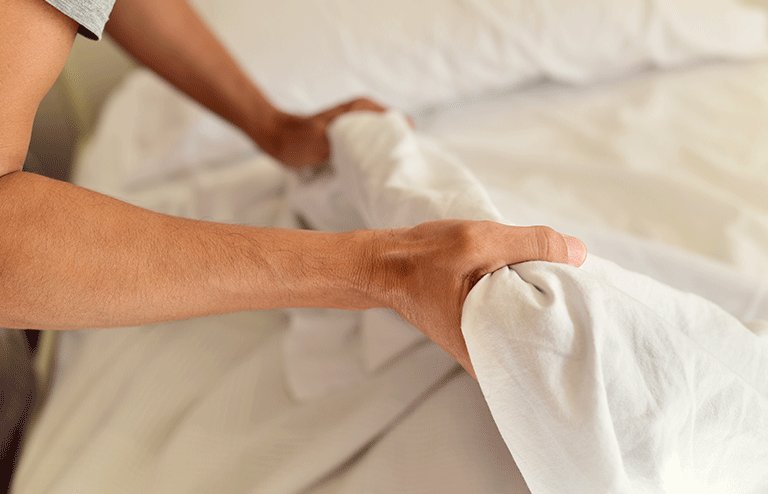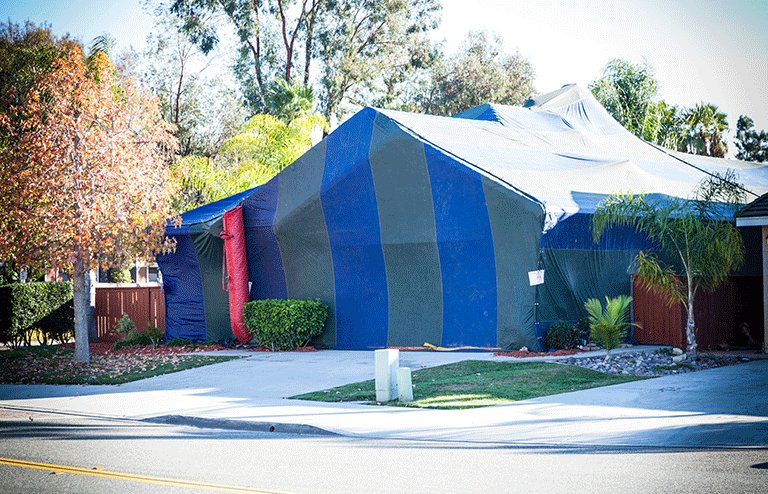5. Monitor and Repeat
The timeframe to ensure that the previously infested areas are now clear of bed bugs is approximately one week. It should be checked on a daily basis to look for signs of live bed bugs and upon sight of any remaining critters, the process should be repeated immediately from steps one through to 5.
If after a couple of attempts with both chemical and non-chemical treatment options, you are unable to entirely remove the infestation then it is advisable to seek professional help and hire an exterminator to treat your home. Any pest and bed bug control organization that you use should be Integrated Pest Management (IPM) registered to ensure that they are compliant with best practice, aware of how to treat the infestation with the least environmental damage and use pesticide chemicals safely and responsibly.
Exterminators have the advantage of specialist equipment and chemicals for bed bug control, which are not widely available to ordinary homeowners and can, therefore, treat the room more effectively in one go. They will also advise on appropriate measures to take to avoid re-infestation.
Once your home is clear of bed bugs and the removal has been a success, you should endeavor to minimize the risk of a re-infestation by keeping your home clutter and litter free, removing their favorite breeding and hiding places. Linen and upholstery should be washed on a high heat or steamed regularly and the environment should be made as difficult for them to live as possible. Carpeted floors should be thoroughly vacuumed and also regularly cleaned to remove any pests.
When staying in hotels or at other people’s houses, check for bed bugs in common places to avoid bringing any home with you on your clothes. If you believe that your infestation may have been caused by a neighbor’s home or may have affected a neighbor’s home, then you should alert them as soon as possible so that they can check for signs of an infestation and treat it accordingly.



